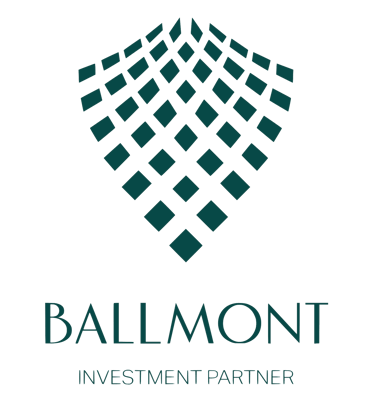Private equity
Private equity refers to investment in unlisted companies over a 3-10 year horizon, at different stages of their development. The objective is to finance their growth, improve their performance and ultimately generate value for the investor.
Why invest in Private Equity?
Investment in the unlisted sector mainly meets two objectives:
Diversify one’s wealth, by accessing an asset class distinct from traditional financial markets;
Reduce the correlation with listed markets, in order to balance the overall portfolio.
The investment can be made directly (equity participation in a company) or via a Private Equity fund.
The choice between these approaches will depend on the level of expertise of the investor, his/her risk-return profile, and the capital he/she wishes to mobilize.
When to invest in Private Equity?
Private Equity supports companies at every stage of their life cycle, thanks to specialized investment teams with financial, strategic and operational expertise:
Venture capital: financing of innovative start-ups.
Growth capital: support for growing companies to accelerate their expansion, with a medium-term liquidity objective.
Capital-transmission (LBO – Leveraged Buy-Out): buyout of mature companies via a financial package including a portion of debt.
Special Situations: restructuring or refinancing of companies in difficulty to restore their performance and value.
How is value created for the investor?
The valuation of a company is generally based on a multiple of its operating income.
Value creation comes from two main levers:
The increase in result: resulting from revenue growth, operational optimizations and productivity improvements.
The increase in the valuation multiple: often related to the size of the company; external growth operations can contribute to this enhancement.
The LBO, a performance lever
LBO (Leverage Buy-Out) is a setup that involves acquiring a company by financing part of the purchase with debt.
Over the repayment, the value of the investor’s equity increases mechanically, provided that the company’s value is maintained or progresses.
This type of operation is common when an executive wishes to buy their company alongside financial investors, thus allowing the transferor to monetize their participation.
The main risks of Private Equity
Like any investment, Private Equity carries risks that should be clearly understood:
Risk of capital loss: investments are not guaranteed; the capital may be partially or totally lost.
Liquidity risk: unlisted assets do not have an organized secondary market; therefore, resale can be long or difficult.
Risk related to unlisted companies: these companies are often smaller and vulnerable in the face of market changes or dependence on their management team.
Credit risk: in the event of an issuer’s default on debt securities, the fund’s value may be affected.
Risk related to subscription commitments: as calls for funds are phased over time, the investor must ensure that it has the necessary liquidity to meet them.
The current Private Equity market
The global Private Equity market has experienced exceptional growth in recent years.
The asset class attracted record amounts, driven by increasing investor interest in unlisted investments and sector maturity.
Today, Private Equity represents approximately $3,000 billion in assets worldwide—double that of Amundi and nearly half that of BlackRock.
In the first half, private equity and private debt funds raised $662 billion, including $414 billion for LBO funds alone. The average fund size is $471 million, up 29% year over year.
Valuations average 10.5x EBITDA, supported by a low interest rate environment.
This abundance of liquidity creates a highly competitive environment between funds and industrial investors, prompting managers to specialize further according to the most promising sectors, geographical areas and investment strategies.
In summary
Private Equity is today an essential asset class for investors wishing to diversify their wealth and access long-term performance opportunities.
Although riskier and less liquid than listed markets, it offers significant potential for value creation when the investment is well selected and supported by experienced teams.
Our group
BALLMONT Properties
CC Place des Grands Hommes – 1er étage – CS 22029
33001 Bordeaux
BALLMONT Wealth Management
11 avenue Delcassé
75008 Paris
COntact details
contact@ballmont.fr
05 40 25 60 98
